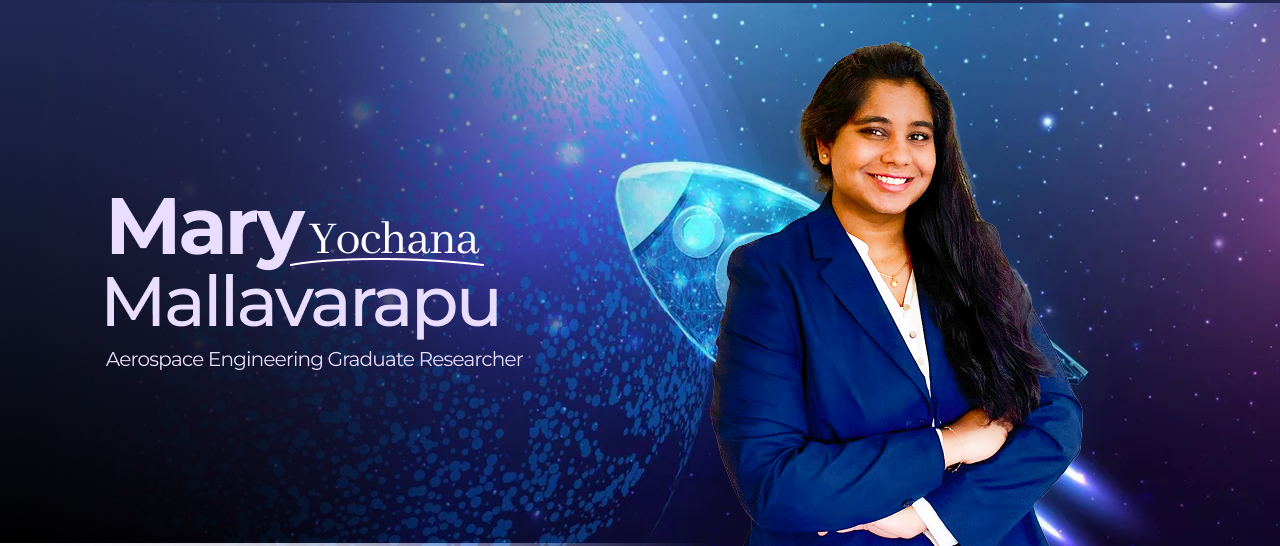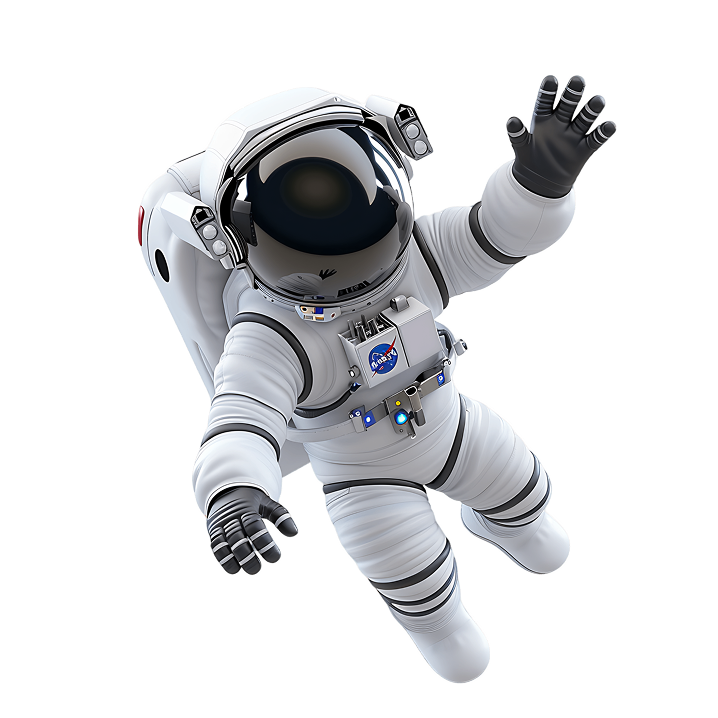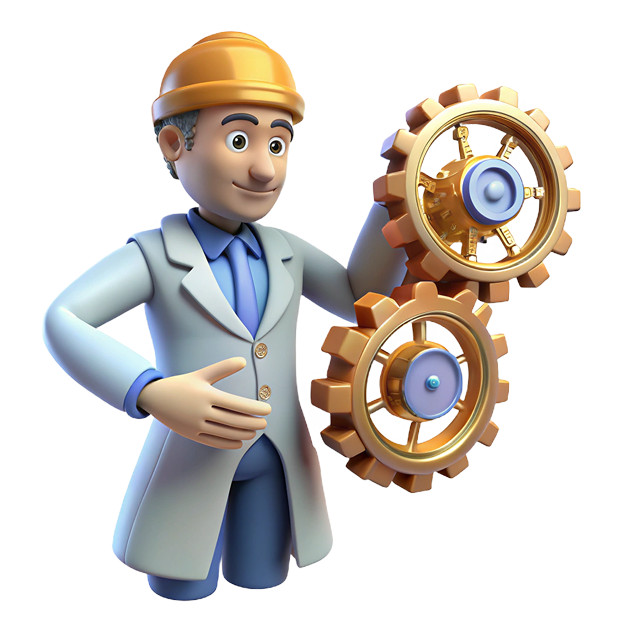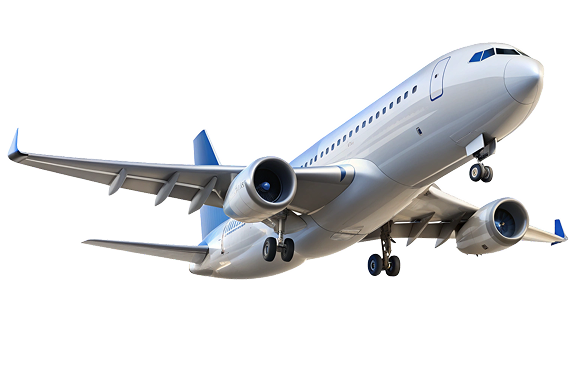

Throughout my academic journey, I have tackled complex engineering challenges, from finite element simulations to multi-robot exploration models for extraterrestrial environments. Each project has been an opportunity to apply theoretical knowledge, refine problem-solving skills, and push the boundaries of engineering innovation.
Whether it's developing optimized aerospace structures, designing cooperative robotic systems, or contributing to space mission concepts, these projects have strengthened my expertise in FEA, CAD, computational modeling, and systems engineering.
Explore my academic work below and see how engineering meets real-world application.

Bio-Inspired Robotics | AI Path Planning | Space Exploration
This project explores a cooperative multi-robot system designed to navigate and explore the unpredictable terrains of extraterrestrial bodies like Mars. Inspired by biological swarm intelligence, the system allows robots to collaborate, optimize exploration strategies, and detect key Points of Interest (POIs) while avoiding obstacles.
Key Features
- Collaborative autonomy—robots influence each other's decisions, much like an ant colony.
- Path optimization using BFS algorithms—ensuring shortest routes and obstacle avoidance.
- Adaptive exploration strategies—enhancing efficiency in weak communication conditions.
Mathematical Model & Analysis
- Simulated a 50x50 grid environment for robotic movement and POI detection.
- Developed an equilibrium model to ensure complete area coverage.
- Validated path planning efficiency using collision avoidance algorithms.
- Next Steps: Implementing advanced bio-inspired collaboration techniques and testing simulations in MATLAB to evaluate real-world adaptability.

Mission Planning | Systems Engineering | Spacecraft Design
The NASA Mission Concept Academy (MCA) is an intensive 15-week program where students collaborate with NASA experts to develop space mission concepts. As part of this program, I worked on a Mars exploration mission targeting Terby Crater, focusing on
- Identifying optimal landing sites for future human expeditions.
- Assessing water ice distribution for potential in-situ resource utilization.
- Analyzing geological conditions to support human habitation.
Technical Contributions
- CAD Modeling (Siemens NX)—designed structural components of the spacecraft.
- Planetary Data Analysis (JMARS)—interpreted remote sensing data for site selection.
- Risk Assessment & Subsystem Design—mechanical, thermal, power, and payload considerations.
This experience deepened my understanding of NASA's mission lifecycle, systems engineering methodologies, and technical proposal development.

Stress Analysis | Structural Integrity | Computational Modeling
Understanding stress concentration factors (Kt) is crucial in aerospace and mechanical design. This project focused on analyzing how different U-notch geometries impact stress distribution in a rectangular plate under load.
Methodology & Key Findings
- Compared empirical formulas (Roark's), MATLAB FEA modeling, and Abaqus simulations.
- Performed mesh refinement studies to reduce discretization errors.
- Identified the optimal notch configuration—Case C, with the lowest stress concentration.
Technical Breakdown
- 2D symmetric FEA model in Abaqus with uniaxial loading conditions.
- Higher-order elements (QUAD8, TRI6) provided greater accuracy over QUAD4 elements.
- Conclusion: Lower h/r ratios reduce stress concentration, improving fatigue life in aerospace structures.
- This study provides insights into optimizing aerospace components for durability and reliability.

Aviation Safety | Risk Management | Systems Implementation
As part of my coursework, I developed a detailed analysis of Safety Management Systems (SMS) in small and regional airlines, focusing on risk mitigation, operational efficiency, and regulatory compliance.
Key Areas Covered
- Hazard Identification & Risk Management—analyzing real-world aviation safety challenges.
- Safety Performance Indicators (SPIs)—measuring effectiveness in airline operations.
- Regulatory Frameworks & Compliance—aligning with global aviation safety standards.
Practical Application: Explored case studies to demonstrate how SMS frameworks improve airline safety and efficiency.
Bridging classroom concepts with real-world aviation safety solutions, this project highlights the critical role of proactive risk management in airline operations.